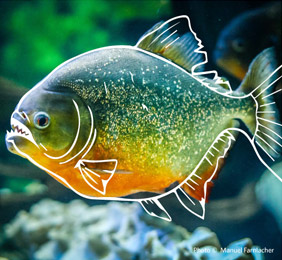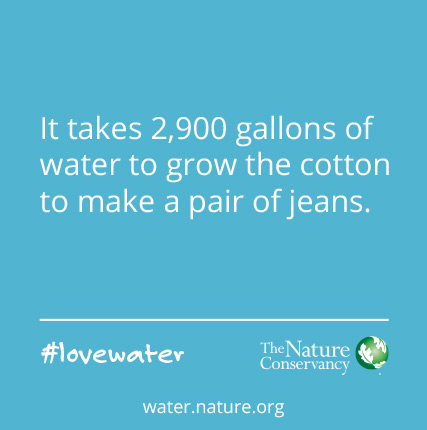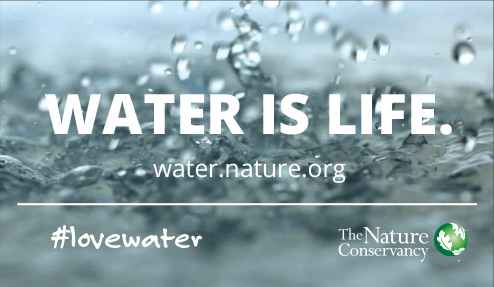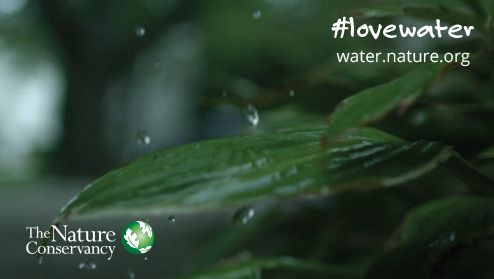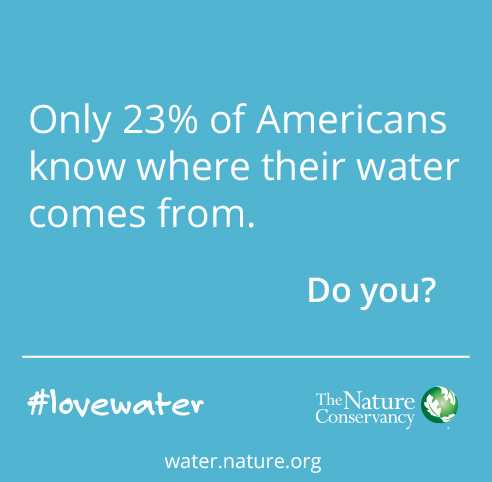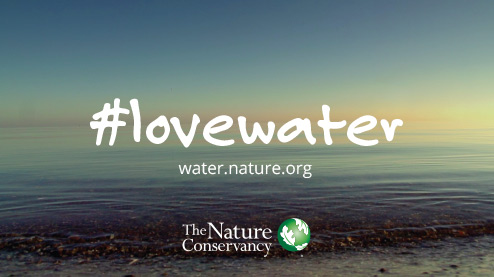
watering hole
/'wôdəriNG/ /hōl/
A cool place to gather, where water
knowledge is served. Dive in.


are you ready for a challenge?
More than 77 percent of Americans don’t know where their water comes from.
Your challenge, should you choose to accept it, is to unearth your water source.

thirsty for knowledge
Pop quiz! Are you a water whiz? How much do you know about the liquid that flows from your faucet?
It's time to put your knowledge to the test.

X
United States
- Alabama
- Alaska
- Arizona
- Arkansas
- California
- Colorado
- Connecticut
- Delaware
- DC/Maryland
- Florida
- Georgia
- Great Lakes
- Hawai'i
- Idaho
- Illinois
- Indiana
- Iowa
- Kansas
X
COMMITED TO CLEAN WATER
PepsiCo and The Nature Conservancy are teaming up to increase recycling and protect water at its source. When you recycle your bottles and cans anywhere and the national recycling rate increases, you can help us protect drinking water for millions of people.
For every 0.25 percent point increase in the national recycling rate (according to the American Beverage Association), PepsiCo will contribute $31,250 in funding for water protection—up to $250,000 per year.
protect
The Nature Conservancy works across the globe—and in your backyard—to protect water. Learn more about water conservation near you.
WHERE WE WORKdonate
When you donate today, you’ll help The Nature Conservancy protect our most precious resource—clean water.
DONATE TODAYrecycle for nature
Recycling helps keep bottles and cans out of our waterways, and reduces the need to mine new resources. And now, it does even more. Did you know that the simple act of recycling could protect drinking water in your community?
As the U.S. recycling rate increases, PepsiCo will contribute to water conservation efforts of The Nature Conservancy. These efforts work in some of the most populated U.S. cities that provide drinking water to 35 million people.
#lovewater
SPREAD THE WORD:
Help raise awareness for water conservation across your social networks. Use #lovewater and share photos of your water source, recycling in action and how you’re saving water!

Stay In Touch
Join the herd and become a regular at the watering hole. Sign up to receive email updates featuring the latest conservation news happening near you and around the world.



